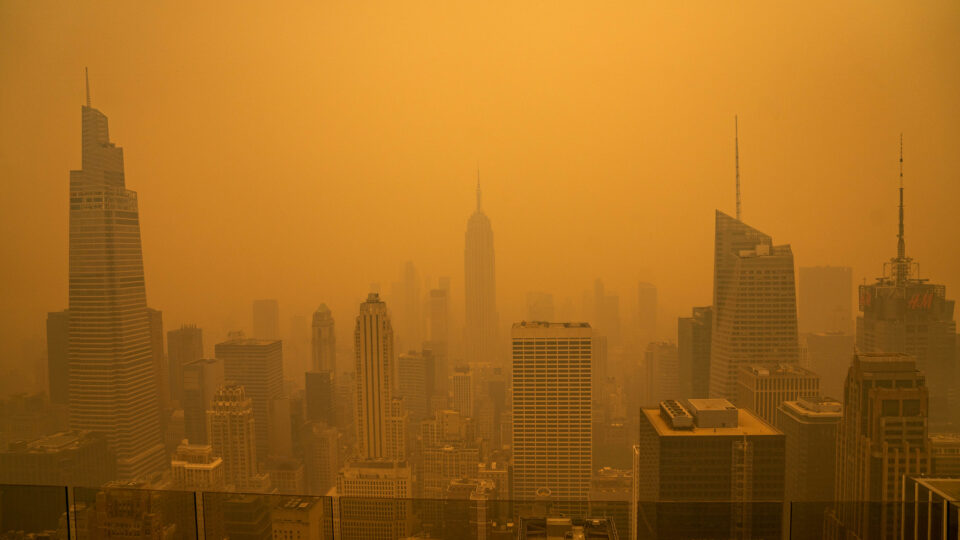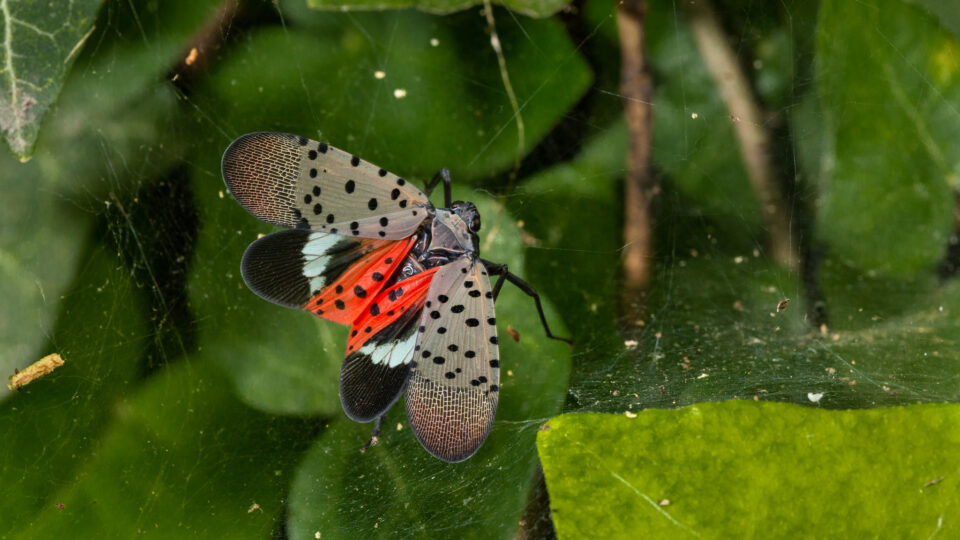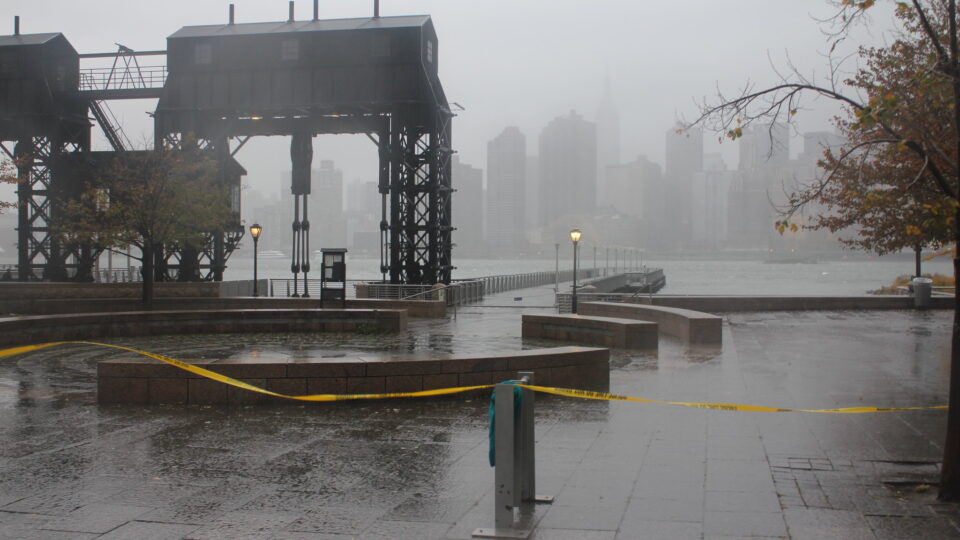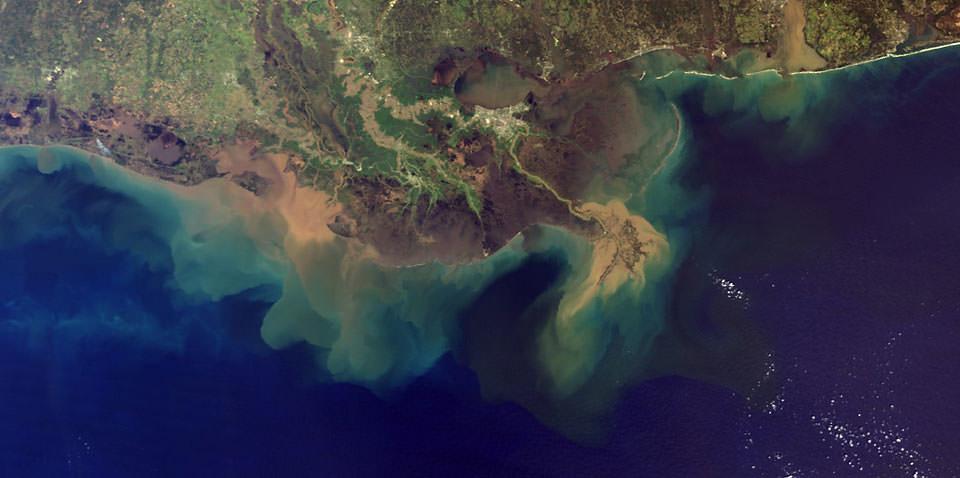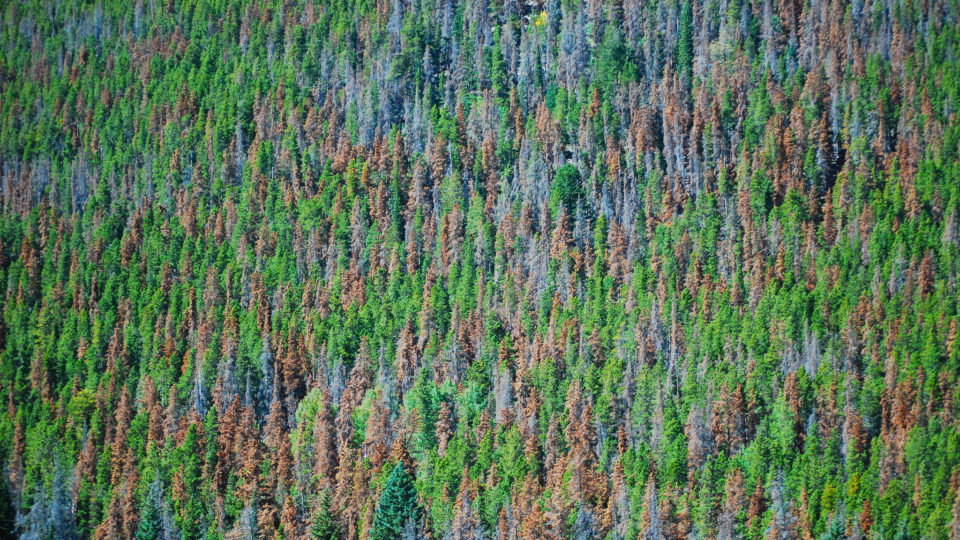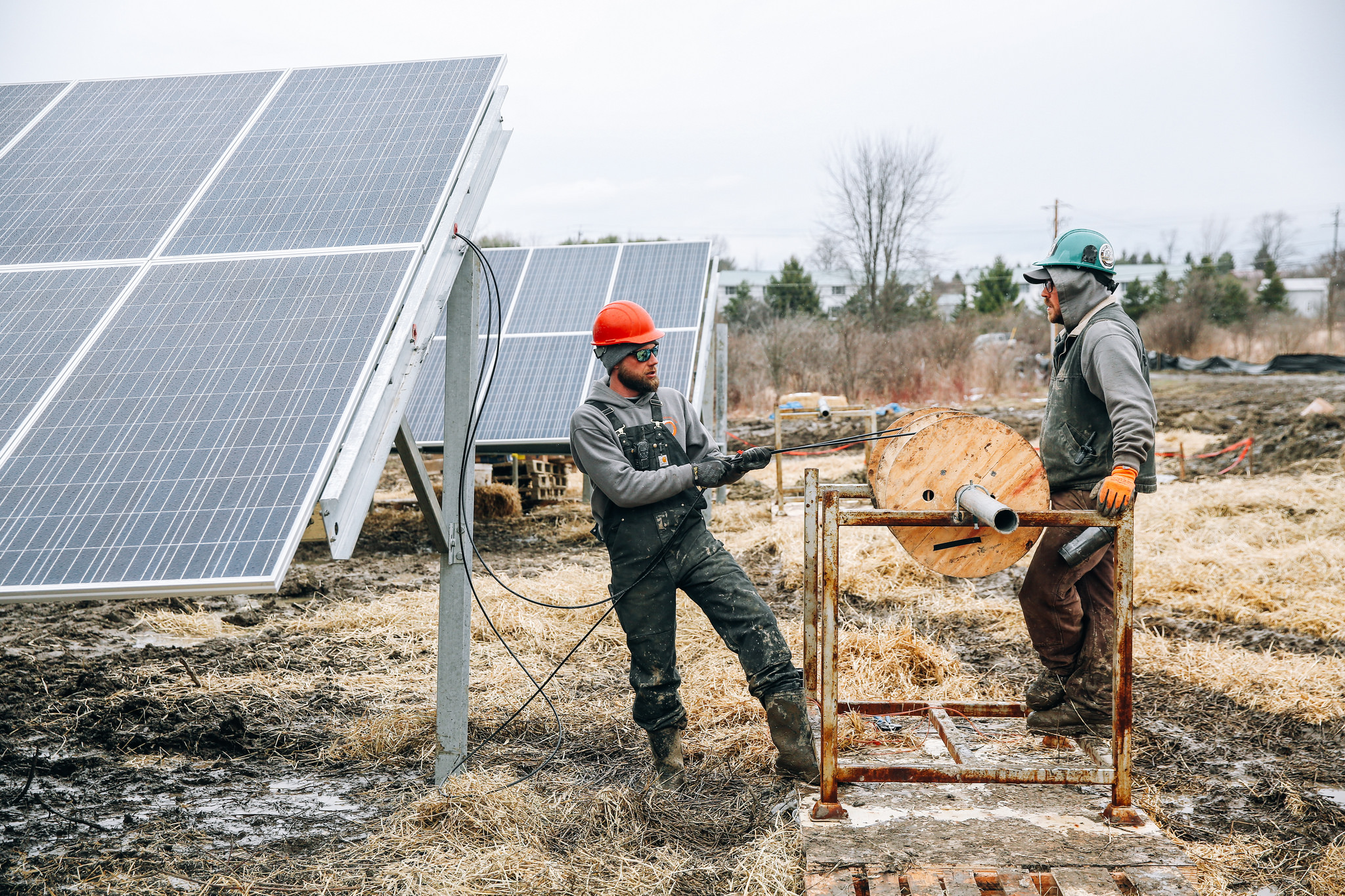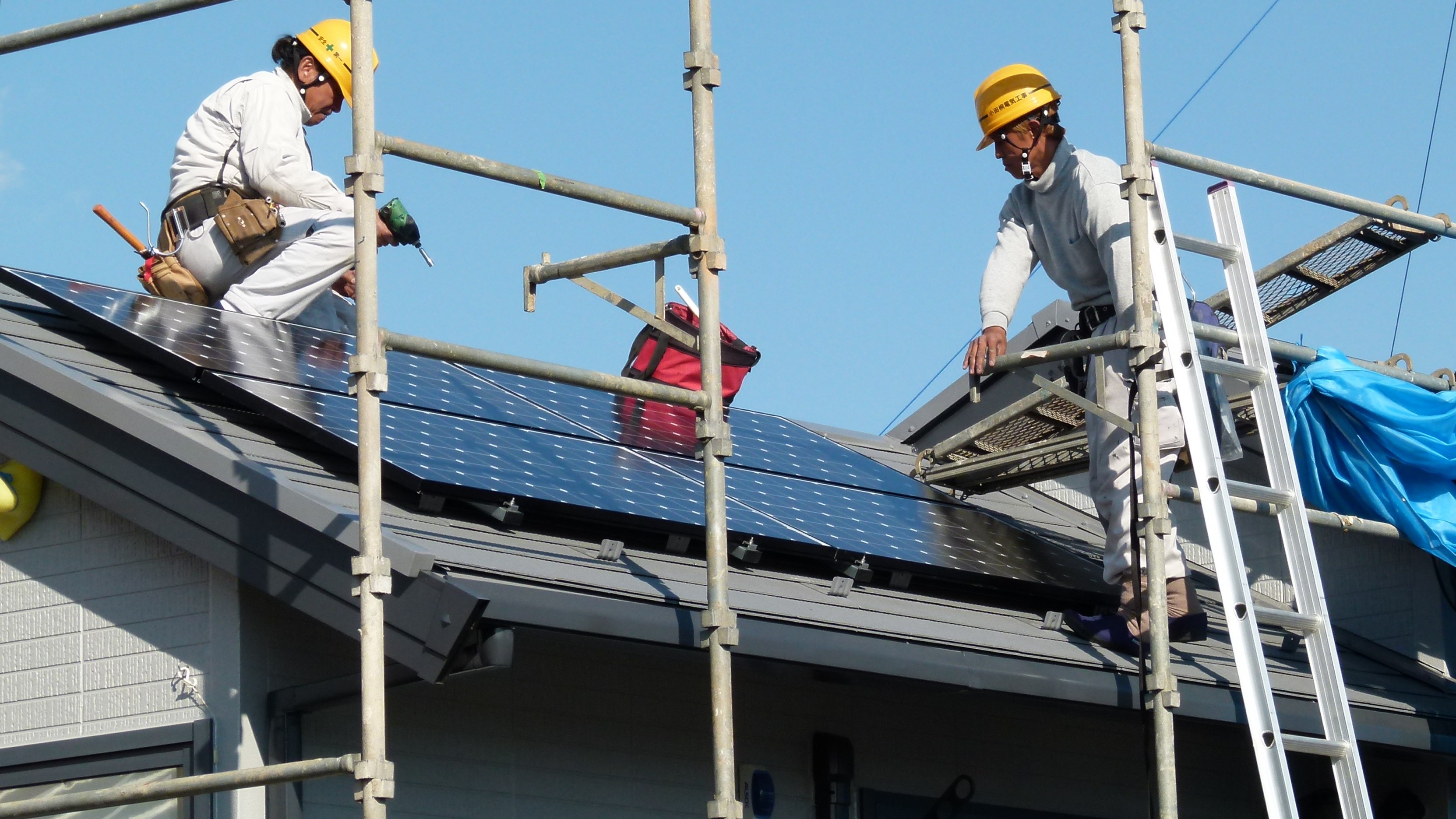People in the Northeast have been dealing with unhealthy air quality in recent times because of smoke from hundreds of wildfires in Canada. Canada has experienced a much higher than average incidence of blazes this year with nearly 500 fires burning uncontrolled at times.
It turns out that states far away from Canada aren’t necessarily free from the impact of the fires. Early in October, smoke from a wildfire burning in Quebec made its way south all the way down to Florida and created unhealthy air quality and reduced visibility across much of the state. Smoke from the same fire had created hazy air in Boston, New York City, and parts of Connecticut before heading south.
It took a rather unusual set of atmospheric conditions to make this happen. The smoke drifted from Canada into the western Atlantic. From there, it got trapped behind a cold front and was then pushed south along the east coast until it finally moved inland across Florida.
Wildfires produce a variety of particles and gases from the burning of vegetation such as organic carbon, black carbon, nitrogen oxides, carbon monoxide and hazardous air pollutants. The mixture of particles and gases in wildfire smoke is associated with respiratory symptoms like shortness of breath and reduced lung function, as well as dangerous cardiovascular effects.
Smoke from increasingly frequent and increasingly large fires has started to undo decades of gains in air quality brought about by air pollution policies. According to researchers, wildfires in the United States in recent years have undone about 25% of past progress in cleaning up air pollution in states from coast to coast.
**********
Web Links
Wildfire Smoke From Canada Creates Unhealthy Air Quality in Florida
Photo, posted June 8, 2023, courtesy of Anthony Quintano via Flickr.
Earth Wise is a production of WAMC Northeast Public Radio
